Stocking your kitchen with cooking utensils may seem daunting, and one look at the price tag on a new set of knives will make it seem even more so. When it comes to creating a functional home kitchen, however, all it takes are a few key items to help you make just about any recipe under the sun. Take this list of essential kitchen tools with you to the store and leave with your budget still in tact.
- Chef’s knife. This do-everything knife can replace almost an entire set if you’re trying to save space (or money). Choose one with an 8- or 9-inch blade and a sturdy handle.
- Tongs. Metal or rubber tongs can be used for flipping meats and veggies, removing hot garlic bread from a pan, and everything in between.
- Ladle. This is one of those items that you just can’t replicate. Instead of making a mess with too-small serving spoons, add an affordable ladle to your utensil collection.
- Rubber spatula. There’s nothing better for removing batters, sauces, and the last bit of peanut butter from the bottom of the jar.
- Measuring cups and spoons. They don’t have to be expensive, but they are necessary.
- Vegetable peeler. If you’re cooking from scratch, this will make your life a whole lot easier.
- Cutting board. A sturdy wooden or plastic cutting board will keep your counters safe.
The Kitchn's Guide to Essential Prep Tools & Utensils [The Kitchn]
Essential Kitchen Tools Checklist [Real Simple]
Stock Your Kitchen With These 12 Essential Kitchen Tools [Cooking Light]


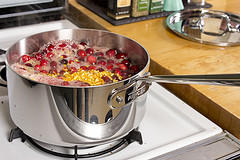
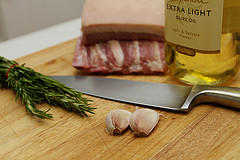
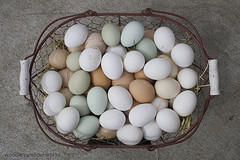
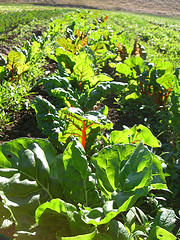

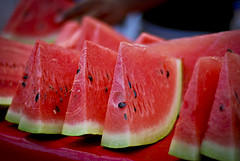

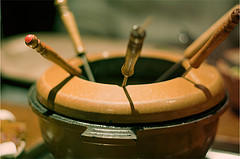
 Equal Housing Opportunity
Equal Housing Opportunity